Raise your hand if you love having houseplants around, but somehow kill them within a few weeks? Yep, me too. But it doesn’t have to be this way, guys! With these hacks, you can raise your plants to be beautiful and healthy as much as any green-thumber can. You can do it for cheap too.
Stores like Lowe’s and Home Depot are great resources for indoor houseplants. And, the KCL deals page also has a lot of seasonal savings — perfect for stocking up! Here are my favorite ways to get cheap plants and keep them alive through the seasons.
1. Return dead Lowe’s and Home Depot houseplants for up to a year.
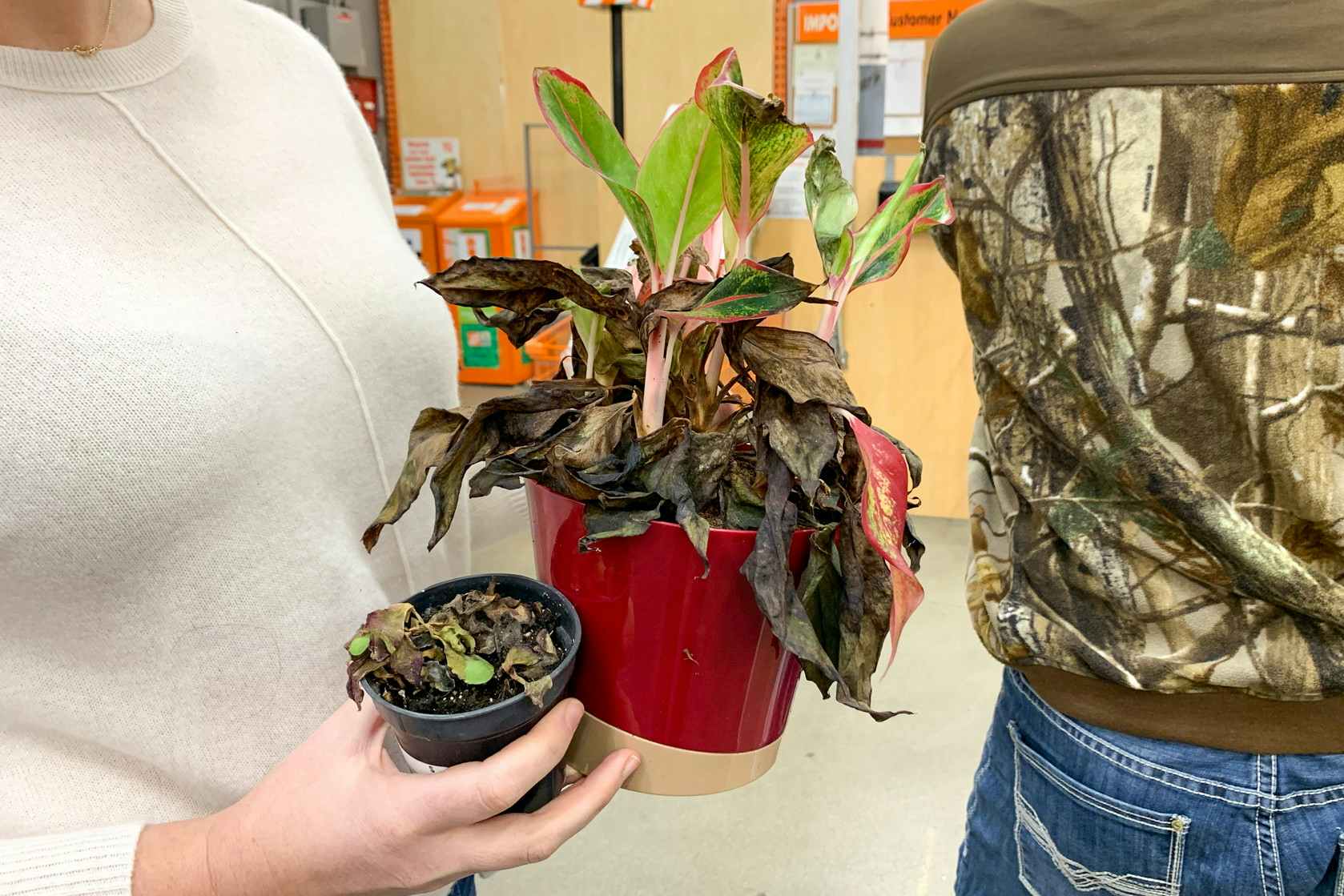
These plant tips will only take you so far. If you nurture your plant babies as best you can and they still die, you have options — especially if you bought a Lowe’s or Home Depot indoor plant.
Lowe’s and Home Depot trees, perennials, houseplants, and shrubs have a one-year guarantee. So, if your shrub dies on day 359, you can dig it up and return it, as long as you still have your original receipt.
If any live plants you bought online arrive damaged or dead, call the store’s customer service line within three days to get a replacement delivered at no charge!
At Lowe’s, you’ve got 90 days to return annuals. Home Depot’s policy doesn’t cover floral arrangements or cut flowers.
Learn more:
2. Look for clearance shelves with “rescue” or distressed plants for sale and save up to 80%.


Some of the best indoor plants are cheap plants! These houseplants for sale are often damaged or finished flowering. They require a lot of TLC in order to get them to thrive. But the savings are so good, it’s worth a try.
Bookmark The Home Depot and Lowe’s KCL pages so you won’t miss out on the savings.
3. Learn how to grow indoor plants using dropped leaves.

When I see succulent plants for sale, I keep moving onto other green beauties. I haven’t purchased a new one in years, because why should I when I can propagate them for free?! This is one of my favorite cheap plant ideas ever.
Grow your own free succulent plant using dropped leaves from your local garden center. You’ll want to ask store management first, but most managers I’ve run into are cool with it.
What You’ll Need:
- dropped succulent plant leaves
- potting soil
- spray bottle
- pot
How to propagate succulents from dropped leaves:
- Make sure the dropped leaves are whole leaves that have broken or fallen off as close to the stem as possible. Halved succulent leaves won’t work.
- Allow the cut leaf to scab over — it can take a few days to do this. If you don’t let the cut end dry out, the leaf will absorb too much water and start rotting. Once the leaf starts to look a little shriveled up, it’s time to start watering.
- Place the leaf on top of potting soil, and place the pot in a filtered sunlit area.
- Mist the leaf and soil with water. When the soil dries out, mist again (about a couple times a week).
- Roots will start sprouting in about two weeks. When your baby succulent plant reaches about half an inch, replant it in a pot.
4. Use a sponge as an indoor plant idea to soak up excess water.

If you’re a serial over-waterer of indoor houseplants, listen up! The roots need oxygen, so if you’re flooding them with water, they can drown. Obviously, they can’t tell you that, so here are a few tips to consider:
- The next time you repot a cheap plant, place an everyday sponge in the bottom of the pot first. The sponge will act as a reservoir for your plant — vital for all those times you forget to water it.
- Choose a plant that needs plenty of water, and it will physically droop when it’s thirsty. Yellow leaves and wilt are signs of overwatering.
- Move your indoor plants to a less sunny area so that they won’t absorb so much water, and you won’t have to water them as much.
- Tilt and circulate the pot to loosen any stagnant water. Perhaps there was too much water in one root area and it hasn’t spread out yet.
- Start from scratch and repot the plant to a larger vessel so the roots can breathe. This will also give you a chance to examine any root rot and cut them before moving the plant to its new home.
Learning how to take care of plants will save you money and heartache. Speaking of money, you can find really stylish, cheap plant pots online, or you can jazz up plant containers with spray paint for planters.
Okay, back to the roots. Unless you have a clear pot, it’s hard to see what’s going on inside — is the water being absorbed or just sitting there? You certainly don’t want to discover root rot. Try these tips and see what happens in a week.
Try low maintenance houseplants like snake plants, succulents, Aloe vera plants, and money plants (we love this one!).
5. Serve diluted coffee and tea to acid-loving indoor houseplants.

Acid-loving and some of the easiest houseplants like abutilons, African violets, azaleas, gardenias, and ferns will start to love coffee and tea maybe as much as you do!
Dilute black coffee and plain tea with distilled water — and make sure you cool it down first too. You may be into cozy, warm caffeinated drinks, but your plants prefer their beverages room-temp.
6. Make homemade houseplant fertilizer from boiled eggs and veggies.

Want to know the best fertilizer for indoor plants? The free ones! When you boil eggs and vegetables, beneficial nutrients leak from those ingredients into the water. Cool down the liquid and serve it up as a homemade fertilizer.
7. Water indoor houseplants with a plastic bottle when you’re on vacation.

Don’t forget to leave your plants hydrated before vacation! Easily water them while you’re away with this DIY indoor plant idea.
What You’ll Need:
- small drill bit or nail
- empty plastic water bottle with cap
How to make your own plant waterer:
- Use a small drill bit or nail to poke 1-4 holes into the cap of a plastic water bottle. If you need to water bigger plants, use a 2-liter bottle, keeping in mind that the more holes you have and the wider the holes, the faster the flow of water.
- Fill the bottle with water and replace the cap.
- Quickly insert the filled bottle into your plant’s soil. You may need to press soil around the bottle to keep it upright. And that’s it! Water will drip slowly out of the bottle’s cap while you’re away.
8. Fight root rot, gnats, and other indoor plant pests with a hydrogen peroxide solution.

Gnats in indoor plants shouldn’t be left to do their thing — not when there’s an easy (and cheap) way to get rid of them.
What You’ll Need:
How to get rid of bugs on indoor plants:
- Combine 1 part hydrogen peroxide and 2 parts water in a spray bottle.
- Mist the foliage and stems well to create humidity around your plant and hydrate its leaves.
- Spray daily for a week, then once weekly to get rid of pests and gnats.
Another natural tip is to surround your cheap plants with potted lavender, rosemary, mint, and/or thyme. These scents deter flies, gnats, and ants. Plus, your area will smell awesome!
How to get rid of root rot in houseplants:
Mix 1 Tbsp. of hydrogen peroxide per 1 cup of water, and spray your plant thoroughly. One treatment should get rid of root rot.
Plants that deter flying insects:
There are lots of natural, non-toxic remedies to shoo away flies, gnats, and even ants. Try potting lavender, rosemary, mint, and/or thyme. The scents are so pungent to their noses that it encourages them to fly away but also protects your other plants. Plus, your home will smell amazing!
9. Water an orchid the easy way with this indoor plant care tip.

Everyone knows common houseplant orchids are picky AF. To prevent root rot by overwatering, place an ice cube in your orchid’s pot once a week. It’ll ensure your plant gets regularly watered without accidentally drowning it.
10. Dust your indoor houseplant’s leaves with a banana peel.

Bananas are high in vitamins, but apparently they’re a natural, cheap idea for indoor plant care. After peeling the fruit, gently rub the inside of the peel on the leaves to collect dust and make them shiny at the same time. Since plants breathe through their leaves, removing that layer of dust will allow them to absorb the water and sunlight better.
11. Head to Starbucks for free coffee grounds for your indoor plants.

Enrich your plants’ soil with free Starbucks coffee grounds. Most Starbucks cafes have them near checkout, but if you don’t see them at your location, just ask. The Grounds For Your Garden program is only available at participating locations, so call before you go asking. To use coffee grounds as a fertilizer, mix them into the soil around your indoor plants.







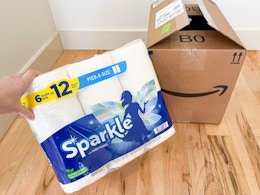

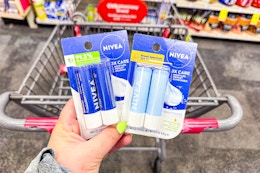


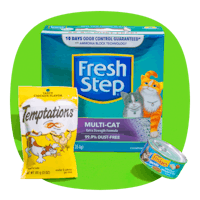

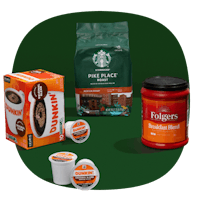
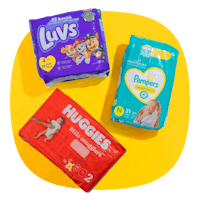
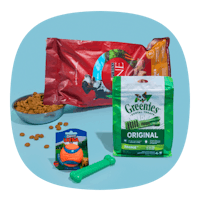

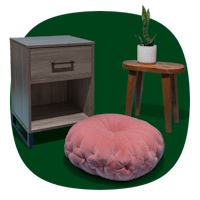
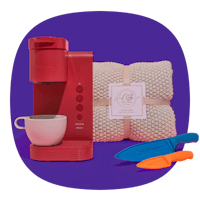
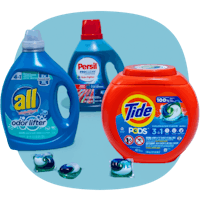





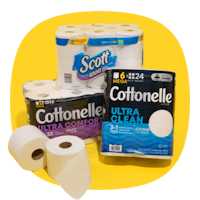



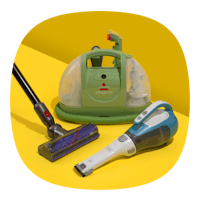

Tell us what you think